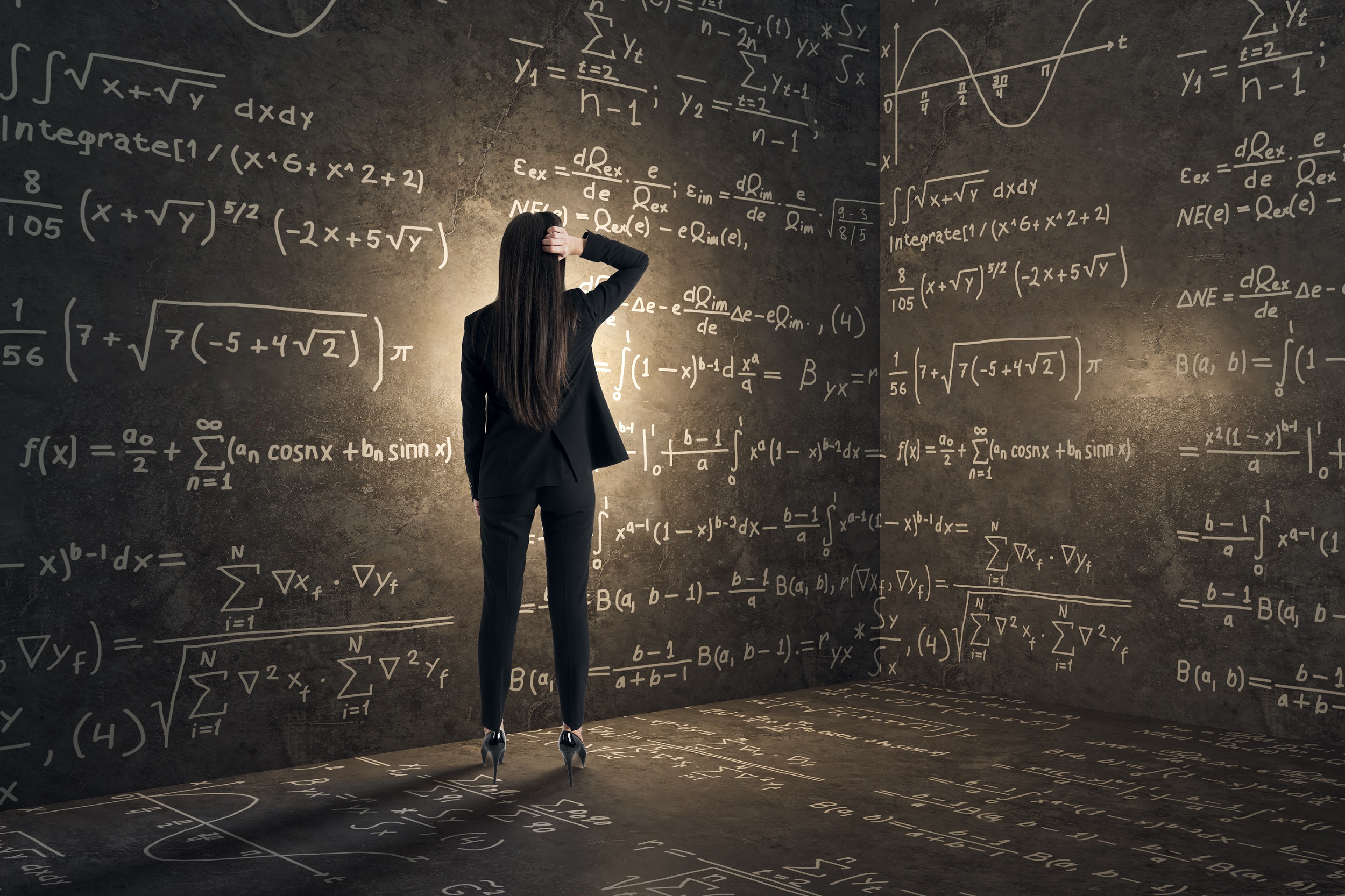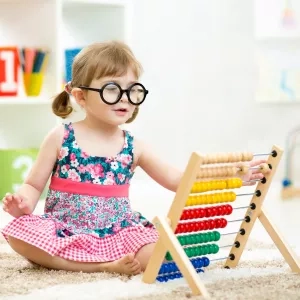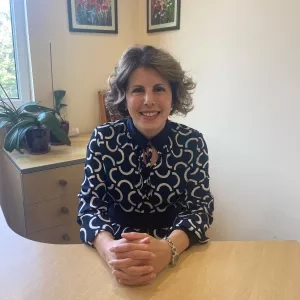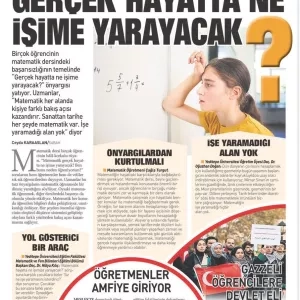What Does Mathematics Do in Real Life?

What Does Mathematics Do in Real Life?
"What do you want mathematics to help you achieve?"
Mathematics often appears daunting for many students, leading them to frequently ask, "How is mathematics useful in real life? Why am I studying it?" Both educators and parents regularly encounter these questions. While these queries might sometimes stem from a reluctance to learn math, there are children who genuinely seek to understand its applications. Addressing these inquisitive minds, Assoc. Prof. Dr. Hülya Kılıç, the Chair of the Mathematics and Science Education Department at Yeditepe University Faculty of Education, along with Assoc. Prof. Dr. Oğuzhan Doğan, a member of the same department, answered the questions raised by children and their parents regarding the relevance of mathematics.
"Not a Magic Wand, but a Guiding Tool"
When addressing the common query, "How will mathematics benefit our lives?" Hülya Kılıç mentioned that they prompt children to consider, "What do you want mathematics to help you achieve?" This approach highlights the presence of mathematics in the answers children provide. Kılıç observed that children's responses vary, ranging from desires like always winning in games, earning more money, achieving high grades, leading a quality life, exploring the world, and maintaining good health. The same question elicits personal and societal responses when posed to adolescents and adults. Kılıç highlighted, "Mathematics isn't a magical solution, but it serves as a guide and a tool for achieving our aspirations and solving our problems."
Mathematics as a Tool for Communication
Hülya Kılıç underlined that the evolution and progress in human history began with curiosity and necessity, leading to the development of concepts like more and less, long and short, large and small. These ideas gradually evolved into a more precise language aimed at defining certainty: mathematics. Kılıç reminded us that today, mathematics continues to be used to express confidence and make predictions close to reality. She pointed out, "Numbers have become integral to nearly every facet of social life, from apartment numbers and clothing sizes to bus routes and product prices, as well as personal attributes like age, height, and weight. Understanding and using the language of mathematics, including numbers and symbols, simplifies our lives. Even those who think they are distant from mathematics must grasp its basic elements."
Kılıç further explained that mathematical modeling can approach or solve most contemporary problems. "Mobile technology, a universal aspect of our lives, is dominated by mathematics. Beyond personal technology, mathematics is crucial for comprehending social issues like earthquakes, pandemics, global warming, and income inequality, which profoundly impact our lives. Tools such as the Richter scale for measuring earthquake intensity and the Gini coefficient for assessing income inequality are grounded in mathematical calculations. We rely on mathematics to quantify global warming's impact and health issues arising from overnutrition or malnutrition."
Landing a Spacecraft on a Comet
Assoc. Prof. Dr. Oğuzhan Doğan pointed out the significance of geometry in our daily lives, stating, "Just as geometry was utilized in the past to comprehend the agricultural changes due to the flooding of the Nile River, today it is applied in constructing bridges. Similarly, the same geometry that was used for determining the Earth's circumference in the past is now employed in contemporary space missions, like landing spacecraft on comets to explore the origins of life."
There is Art in Mathematics, and Mathematics in Art!
Doğan highlighted the role of geometry and mathematics in many historical wonders, saying, "Geometry contributes to the allure of Mimar Sinan's mosques, the grandeur of Iznik tiles, and the mystery of the Egyptian pyramids. While Leonardo da Vinci is widely recognized as a painter, particularly for incorporating the golden ratio in the Mona Lisa, he was also a successful scientist who integrated mathematics and science into his art and inventions. Thus, art contains elements of mathematics, and conversely, mathematics manifests in art."
Doğan also noted the application of mathematics in social and human sciences and the natural sciences, saying, "The adage 'history repeats itself' can be seen as reflecting the patterns found in mathematics, indicating its presence even in historical events. Consider any profession or current job; you'll likely find instances where mathematics is integral. In essence, there is scarcely any profession where mathematics has yet to prove to be useful.



